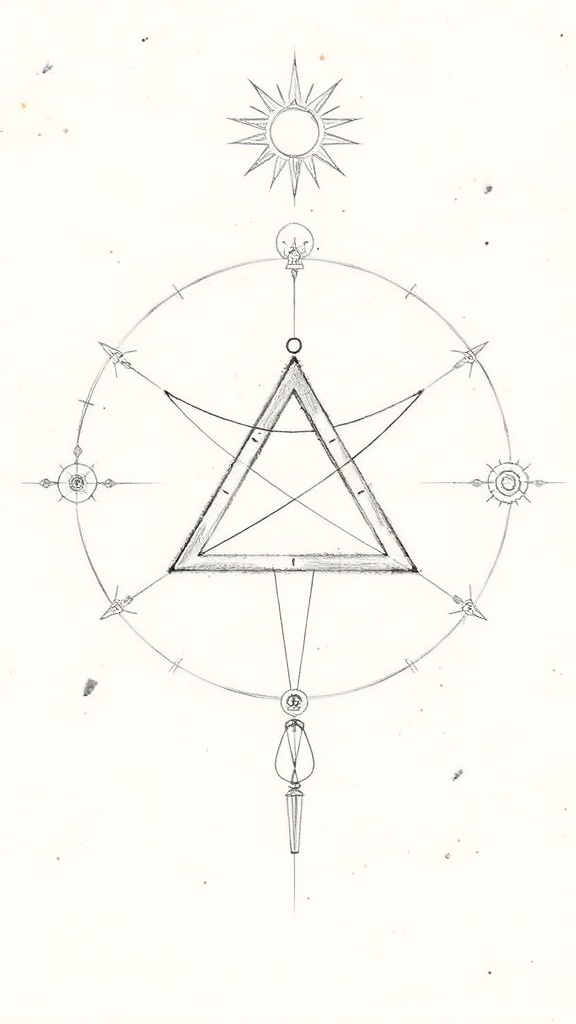Universal Laws: Practical Ways to Apply Timeless Principles to Daily Life
Universal Laws describe recurring patterns that show up across nature, relationships, and personal growth.
Whether approached from a spiritual perspective or a pragmatic mindset, these principles offer a framework for understanding cause and effect, energy, and balance.
Below are core Universal Laws and actionable ways to use them to improve clarity, decision-making, and results.
Key Universal Laws and What They Mean

– Law of Cause and Effect: Every action produces a result. Small, consistent choices compound over time. Focus on behaviors that lead to desired outcomes rather than hoping results appear without follow-through.
– Law of Vibration: Everything emits an energetic frequency. Your emotions, thoughts, and environment affect the signals you send and receive. Shifting mood and focus can change how opportunities present themselves.
– Law of Attraction: Similar to vibration, this law emphasizes like attracts like. Clear intent combined with aligned action tends to draw matching circumstances. Intent without action rarely produces lasting change.
– Law of Correspondence: Patterns repeat on different scales—what’s inside often shows up outside. Inner beliefs tend to shape external circumstances, so inner work is practical, not just symbolic.
– Law of Rhythm: Life moves in cycles—peaks and troughs are natural.
Anticipating rhythm reduces stress and helps plan for recovery and growth.
– Law of Perpetual Transmutation of Energy: Energy can transform from one form to another. Use this idea to convert negative feelings into productive action or creativity.
Practical Ways to Use These Laws
– Start with clarity: Define one clear intention for the month. Break it into weekly habits and daily micro-actions aligned with cause and effect.
– Monitor your vibrations: Track mood, energy, and focus. Simple practices—breathwork, short walks, or music—can raise your baseline and improve how you show up.
– Align thoughts and actions: Replace vague wishing with specific planning.
For example, convert “I want better health” into “I’ll walk 20 minutes five days a week and prep two healthy meals.”
– Design your environment: Remove friction that sabotages behavior. Make healthy choices easier to execute and reduce triggers that lead to distraction.
– Use cycles to your advantage: Expect lower-energy periods and plan lighter tasks then. Reserve high-focus projects for peak energy windows.
– Transform energy: Channel frustration into physical activity or creative work. Reframing shifts emotional energy into momentum.
Common Pitfalls to Avoid
– Magical thinking: Believing intention alone will produce results without action undermines progress. The laws reward alignment, not wishful thinking.
– Over-simplification: Not every challenge fits a single law. Combine principles and test what works for your context.
– Confirmation bias: Seek balanced feedback. If something isn’t working, adjust strategy rather than doubling down on unproven approaches.
Measuring Progress
– Track inputs, not just outcomes. Consistent daily actions are a better predictor of long-term results than sporadic grand gestures.
– Use short experiments: Try a 30-day habit trial and log small wins. Adjust based on data and lived experience.
Applying Universal Laws is less about mystical thinking and more about creating systems that align intention, energy, and behavior.
When treated as practical principles, these laws help you make clearer choices, manage energy effectively, and build momentum toward meaningful goals. Try one aligned action this week and observe what changes in your circumstances and mindset.